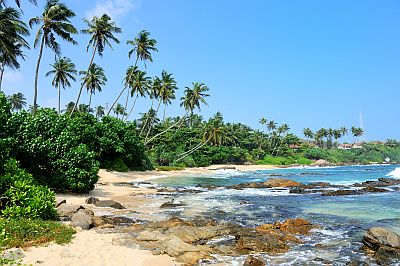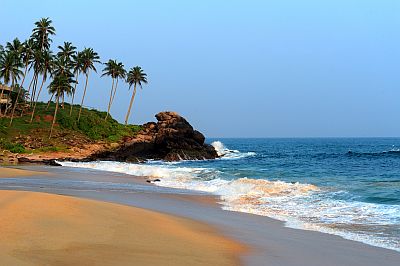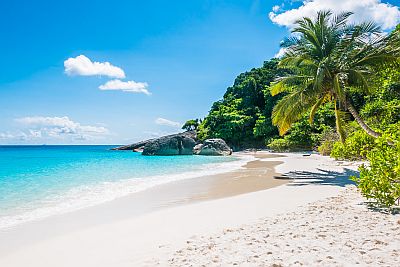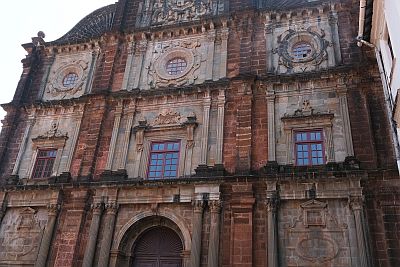

32°C
Sunny, Panjim
Updated: 10:30 AM
Need assistance during your trip?
1364
Available 24/7
Goa Tourism Helpline
1364
Senior Citizen Helpline
1090
Child Helpline
1098
Ambulance Helpline
108
Electricity Helpline
1912
Water Helpline (Panaji)
2226446
Keep these numbers handy during your visit to Goa

Experience the perfect blend of sun, sand, and cultural heritage in India's favorite coastal paradise

Vibrant atmosphere with water sports and nightlife

Crescent-shaped beach with calm waters

Famous for flea markets and trance parties

UNESCO World Heritage site housing St. Francis Xavier's remains

17th-century Portuguese fort with lighthouse

Latin Quarter with colorful Portuguese-style houses
Goa's history spans ancient Hindu kingdoms, Islamic rule, 450 years of Portuguese colonization, and finally integration with India.
Goa's cultural heritage represents a unique fusion of Eastern and Western influences resulting from 450 years of Portuguese colonial rule blended with indigenous traditions.
The most distinctive cultural feature of Goa is its Indo-Portuguese synthesis, expressed through architecture, cuisine, music, art, language, and social customs. This fusion has created a unique cultural identity that distinguishes Goa from other Indian states. The concept of "susegad" (derived from Portuguese "sossegado" meaning quiet or relaxed) reflects the laid-back Goan lifestyle that has become emblematic of the region.
Religious diversity is a hallmark of Goan society with Hinduism (66%), Christianity (25%), Islam (8%), and other faiths coexisting harmoniously. The Goan Catholic community maintains distinct traditions influenced by Portuguese culture. Inter-religious celebrations are common, with many Hindus participating in Christmas festivities and Christians joining Hindu temple feasts. The village community system (Gaunkari) remains influential in rural governance alongside modern systems. Traditional occupations like fishing, toddy-tapping, and cashew cultivation maintain cultural practices passed through generations.
Goa attracts over 8 million tourists annually with its diverse offerings from pristine beaches to historical sites and adventure activities.
Goa's artistic and architectural heritage showcases a unique blend of Indian and European styles, creating distinctive aesthetics unmatched in the subcontinent.
Goa's festival calendar combines traditional Hindu, Catholic and secular celebrations, creating a year-round atmosphere of jubilation and cultural expression.
Goan cuisine represents one of India's most distinctive culinary traditions, blending Portuguese influences with local ingredients and cooking techniques to create unique flavors.
Goa's natural landscape encompasses diverse ecosystems from coastal beaches and mangroves to Western Ghat forests and river systems, creating a biodiversity hotspot.
Konkani is the official state language and mother tongue for most Goans, with distinct dialects varying by region and religion. Marathi has co-official status and is widely spoken, especially in border areas. Portuguese remains in use among older generations and has influenced local vocabulary. English serves as a lingua franca especially in tourism, education, and administration. Other languages spoken include Hindi, Kannada, Malayalam, and international languages in tourist areas.
Goa welcomes millions of tourists annually. To ensure a safe, enjoyable, and respectful experience, please follow these important guidelines during your visit:
A colorful celebration with parades, music, and dance
Asia's biggest electronic dance music festival

Experience thrilling parasailing, jet skiing, and banana boat rides

Enjoy a romantic evening with dinner and live music on the Mandovi River






3 Days / 2 Nights
5 Days / 4 Nights
7 Days / 6 Nights
Best time to visit: November to February for perfect weather
Rent a scooter for convenient beach-hopping
Keep hydrated and use sunscreen during beach visits
Respect local customs at religious sites
Subscribe to our newsletter for exclusive offers and updates